In my Apollo Studio I use a lot of digital audio signals. The advantage of digital audio is that it is free of hum and noise and you can transport it over a long distance. Another advantage is that you can transport multiple channels of audio through a single and and thin wire. In the picture on the left you see one of my racks with some of the digital audio equipment in it like the two RME ADI-648's. In this article I'll explain what the RME ADI-648 does. I will explain the rest of the equipment in later articles. But first a bit about digital audio.
SPDIF is the most commonly known digital audio format. Basically what happens is that instead of an analog low voltage signal, that represents the actual audio signal, the signal is digitized and send over as ones and zeros. So that is just signal or no signal. This process is called AD conversion (Analog to Digital) of course you will need a DA converter (Digital to Analog) converter on the other site again to make an audible signal again. I will talk more about AD/DA conversion in a future posting. SPDIF is used a lot in consumer audio products as well. Most CD or DVD players have a digital output on a Coax (RCA connector, unbalanced copper) or Toslink (optical fiber) connection. SPDIF is usually 44.1 Khz or 48 Khz and transports a stereo signal over a single wire. So SPDIF is actually 2 channels on one wire. There is also a professional equivalent of SPDIF called AES/SBU that is transported usually over balanced connections with XLR connectors. In my studio I only both. Most synthesizers output SPDIF, but most Sound Effect Processors use AES/SBU.
Another digital audio format I use is ADAT. ADAT is transported over Toslink as well. So it looks like SPDIF, but it is definitely not the same. ADAT can go up to 192 Khz and can hold 8 channels of audio on 1 connection (4 x stereo). This is what I like to use over longer distances since it saves a lot of wiring. One fiber connection now in stead of 8 copper wires! Everything in my studio runs on 48 Khz like I explained before. Attached to two RME HDSP MADI interfaces in my audio PC are two RME ADI-648 's. Like the one you can see in the picture on the right. So this is not the audio interface, but only a converter from ADAT to MADI. And so MADI is the third digital audio format I use in my studio. MADI can hold up to 64 channels of audio on a single connection. That can be either a Coax pair with BNC connectors or Optical Fiber pair on SC/PC connectors (The same type that can also used for Gigabit Ethernet). The RME ADI-648 has 8 ADAT inputs and 8 ADAT outputs and these are multiplexed to MADI to go to the RME HSDP MADI interface in my audio PC.
On the left I took the schematic I showed before and stripped everything except the digital audio signals, so you can see them a bit clearer. You can click the picture again for a bigger version. You can see the darker yellow wires connecting the ADI-648 to the PC. That is the MADI connection. (Blue is SPDIF and Green is ADAT). Like I wrote before there are actually two Optical Fibers (a pair) with SC/PC connectors on both sides for the MADI connection. One optical fiber is for input and the other is for the output. There is also on virtual Midi channel transported from the HSDP MADI interface over this fiber to control the RME ADI-648 from a software control panel that is installed on my audio PC. Here you can configure which ADAT port goes to which MADI channels and also the sample rate etc. RME also installs special mixer software with level meters. I use this a lot to play live (not using Sonar to play). It is also very nice to see which synthesizer is on which channel. All in all it gives my a lot of inputs and outputs to work with in my audio PC. 128 to be precise! Everything runs very stable and I love it :)
You can read more on the RME ADI-648 here: http://www.rme-audio.de/en_products_adi_648.php
Fixing A Cute Synthesizer - Schober Tunesmith
8 minutes ago






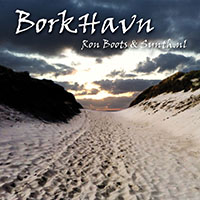
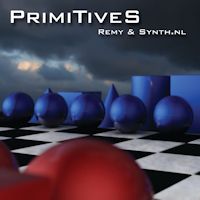
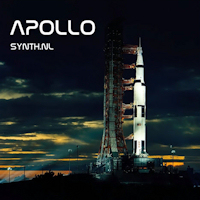

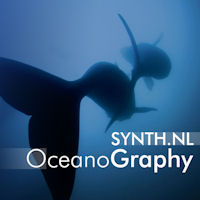
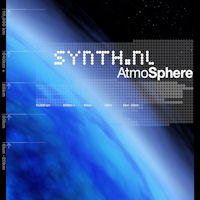
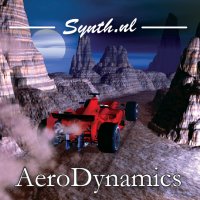
No comments:
Post a Comment